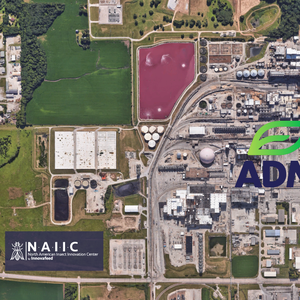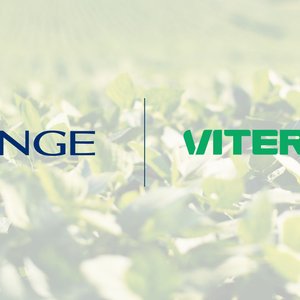According to a report from Infofish, a study conducted in Japan says no health problems have been found to occur from methyl mercury levels in tuna, swordfish and other species and the levels are within international safety standards. Earlier research had indicated that exposure to methyl mercury could cause health problems for pregnant women and damage mental development in unborn babies and young children. Accordingly, the US and some European countries issued advisories on mercury level in fish. Although Japan had imposed safety standards for methyl mercury and mercury in fish way back in 1973 to prevent such health problems arising, these standards are not applicable to migratory fish.
The one year study was conducted since February last year for assessing levels of methyl mercury and mercury in 50 samples of tuna, swordfish and other migratory species caught in the Mediterranean sea, Pacific Ocean, Indian Ocean and other waters. The levels of methyl mercury ranged from 0.01 ppm to 1.0 ppm while mercury levels were between 0.02 and 9.3 ppm, which falls within the international food safety standards of 1.0 ppm or lower.
In another paper concerning Copper River sockeye salmon, (http://www.circumpolar.org/AlaskaPD/pp-01-29.PDF), PCB levels were shown to range from 670 parts per billion at entry to the river to 7910 ppb after spawning (pp. 24-27 of above report). These authors observed that these levels were: "...far below levels that have caused concern..." in humans.
In a letter to Positive Aquaculture Awareness, (www.farmfreshsalmon.org), Bill Waknitz comments "It's extremely interesting that environmental groups are now presenting PCB levels averaging 25 ppb in farmed salmon as "alarming", yet apparently are completely ignorant of the published literature regarding PCB levels in wild salmon, both in Alaska and the lower 48 states, this report being just one example of what is known.
If 25 ppb in farmed salmon is alarming, then is 690 ppb in Copper River salmon really, really bad? Of course not. The PCB levels in both farmed salmon and wild west coast salmon fall well within FDA safety guidelines. This only becomes a newsworthy issue when someone attempts to smear one product by ignoring the same parameter in another.
Balanced, factually correct information is not lacking for farmed or wild salmon. It's out there already. However, it seems that the inclination to seek out the correct information is absent from the NGOs that come up with this stuff, as well as from the media that report it."










